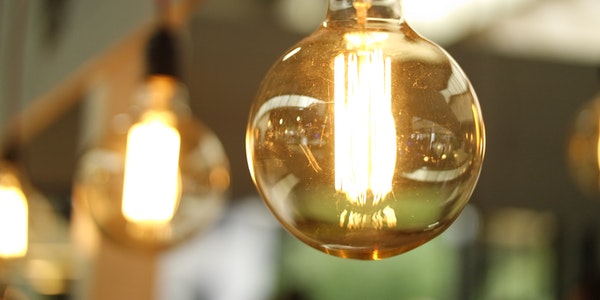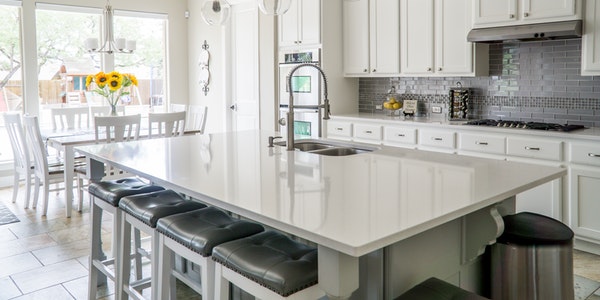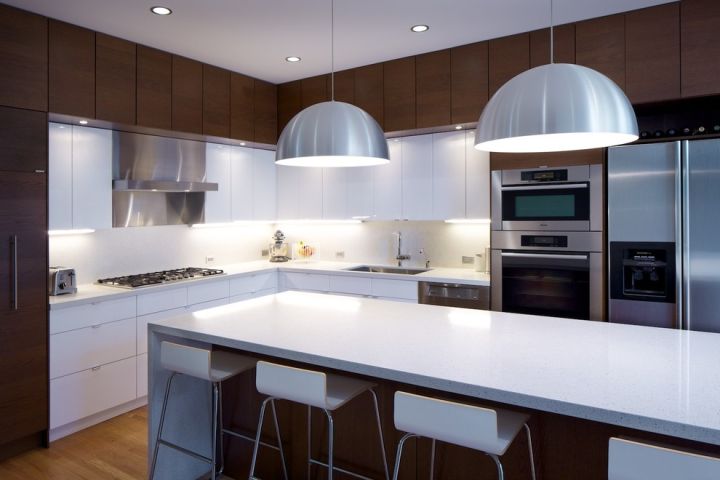The light distribution of the lamp is related to the lighting function of the lamp. Track spotlights and ceiling lights generally use 15° or 30° light distribution. Downlights generally use 30-degree or 60-degree light distribution. Bulbs and ceiling lights generally have a 120-degree light distribution. The light distribution of the lamp panel is between 60 degrees and 90 degrees.
5. The luminous efficiency of the light source
The brightness of a light source is described by luminous flux. The unit of luminous flux is lumens (lm). The greater the luminous flux, the higher the brightness of the light source. The ratio of the luminous flux of the light source to the power consumption of the light source is called the luminous efficiency of the light source, and the unit is lm. /w (lumens per watt)
The luminous efficiency of the light source is an important indicator of the quality of the light source. The higher the luminous efficiency of the light source, the more energy-saving the light source. The luminous efficiency of the LED light source is about 90-130 lm/w, and the luminous efficiency of the energy-saving lamp is 48-80 lm/w. The luminous efficiency of incandescent lamps is 9-12 lm/w, and the luminous efficiency of poor quality LED light sources is only 60-80 lm/w. Products with high luminous efficiency have relatively good light source quality.
6. Lamp efficiency
Indoor lighting rarely uses a light source alone. Usually the light source is used in a luminaire. After the light source is placed in the luminaire, the light output of the luminaire is lower than that of a single light source. The ratio of the two is called luminaire efficiency, which is high , Which shows that the manufacturing quality of lamps is good, and the energy-saving index of lamps is high. Lamp efficiency is an important index to measure the quality of lamps. By comparing the efficiency of lamps, the quality of lamps can also be evaluated indirectly.
The relationship between the luminous efficiency of the light source, the efficiency of the luminaire, and the illuminance value of the luminaire is that the luminous flux output by the luminaire is only proportional to the efficiency of the luminaire, and the illuminance value of the luminaire is directly proportional to the luminous efficiency of the light source. The light curve is related to the high illuminance value, which does not mean high luminous flux. Put a light source with high luminous efficiency in a low-efficiency luminaire, the output of the luminaire will be greatly reduced. The higher the luminous efficiency of the light source and the efficiency of the luminaire, the higher the luminous efficiency. The higher the energy-saving index, the luminous efficiency of the light source and the efficiency of the lamp are important indicators to measure high-quality lighting products.
7, glare
It means the degree of visual discomfort caused by the light of the light source. In layman’s terms, when you feel the light source is dazzling, it means that the light source has glare.
On the street at night, when a car with high beam headlights oncoming, the dazzling light we see is glare. As shown in the figure above, indoor lighting also has glare problems. Glare can make people feel uncomfortable and even cause temporary problems. Short-term blindness, indoor lighting glare has the greatest impact on children and the elderly, and glare affects the lighting quality, which is a problem worthy of attention.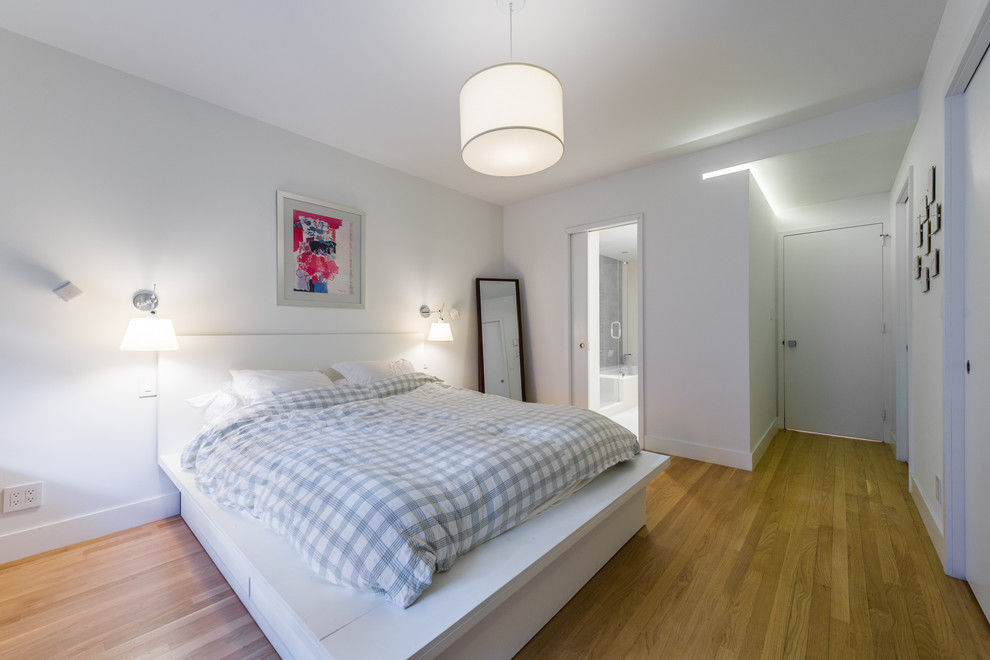
The problem of glare and the energy-saving indicators of indoor illuminance and lighting are mutually restricted. If a single light source is bright enough, there will be glare problems, that is, the so-called “enough light will be glare”. The glare problem needs to weigh the pros and cons and consider comprehensively.
The greater the luminous flux, the higher the glare.
The higher the illuminance value, the higher the glare.
The smaller the light distribution angle of the lamp, the higher the glare.
Products with low brightness have low glare, but energy-saving indicators will also be reduced.
The control of glare is based on the principle of visual comfort; for occasions with the elderly and children, more attention should be paid to the control of glare.
The anti-glare of the light source is generally solved by lamps, such as adding a shading sheet or a diffusion sheet in front of the light source. However, when a light source or lamp claims to have no glare, it means that the light source or lamp has no brightness. The glare problem is also a problem that plagues the application of LED lighting products.
8. Strobe
Light source stroboscopic is a phenomenon in which the brightness of the light source changes with time. When working under a stroboscopic light source for a long time, it will cause visual fatigue. The maximum stroboscopic time of the light source is 0.02 seconds, while the visual stay time of the human eye It is 0.04 seconds.
The stroboscopic time of the light source is faster than the visual dwell time of the human eye, so the human vision can hardly feel the light source flickering, but the visual cells of the human eye will sense it. This is the cause of visual fatigue. The light source flickers The higher the frequency, the lower the visual fatigue caused by the stroboscopic. We call it low-frequency flash. The stroboscopic will unknowingly affect human eye health and affect the quality of lighting.
The stroboscopic of incandescent lamps, fluorescent lamps, and energy-saving lamps is determined by the working principle of the light source. It cannot be overcome and can only be reduced. The stroboscopic of the LED light source is generated by the driving circuit of the light source. Improved driving mode can achieve no stroboscopic. The strobes of commonly used lighting sources are:
Incandescent lamp (high frequency flash), fluorescent lamp (electronic ballast for low frequency flash, magnetic ballast for high frequency flash), energy-saving lamp (medium flash).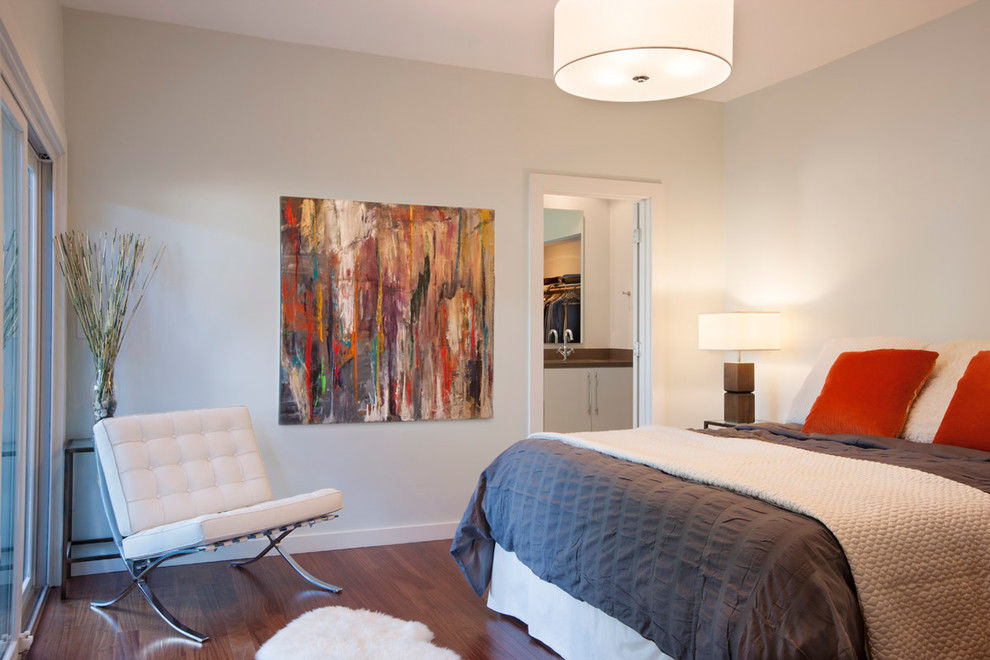
Some fluorescent lamps are nominally non-flicker, but they are only low frequency flicker. Fluorescent lamps must have flicker. AC-powered LED lamps may have flicker. Only battery-powered LED lamps that are not pulse-driven can do this. Really no flicker. The high-quality LED light source has very low flicker.
The stroboscopic control of the light source is related to the product cost, and the cost of low-frequency and non-flicker light sources is high. The focus of the stroboscopic problem of the light source is the application occasions, such as aisles, kitchens, bathrooms, etc., the stroboscopic indicators can be relaxed. The stroboscopic indicators have strict requirements in some lighting places, such as reading lamps, shooting places, etc.
Another important point of the stroboscopic problem is the use time. Long-term use of flashing lights will affect human eye health. The stroboscopic problem not only occurs in the lighting source, but we use mobile phones, LCD monitors, and televisions all have stroboscopic, but we use them every day.
9. The safety of lighting equipment
The safety of lighting equipment includes electric shock problems, leakage problems, high temperature burns, explosion problems, reliability of installation and fixation, safety signs, application environment signs, etc.
The safety of lighting equipment is restricted by relevant national standards. Generally, we can judge by observing the appearance quality of the product, the certification mark, the process quality of the driving power supply, and the relevant information provided by the product. The easiest way is the price of lighting products, the higher the price of products, the relative reliability will be higher. Products whose prices are too low should cause vigilance. The so-called cheap goods are not good.
10. Energy-saving indicators of lighting equipment
The highest level of lighting is visual beauty. In order to enjoy this beauty, the lights will be turned on for a long time to appreciate. If the power consumption of the lighting source is too high, it will cause the user to have a psychological burden due to the electricity bill, which will cause the visual beauty to decrease, thereby indirectly reducing Lighting quality, therefore, we include the energy-saving indicators of lighting equipment as lighting quality indicators.
Related to energy-saving indicators of lighting equipment are:
1) The luminous efficiency of the light source.
2) Lamp efficiency.
3) The effect design of the lighting space and the reasonableness of the illuminance value of the lighting space.
4) The power efficiency of the drive power supply.
5) The heat dissipation performance of the LED light source.
For LED light sources, the higher the efficiency of the driving power source, the higher the luminous efficiency of the light source, and the more energy-saving the light source. Power efficiency and power factor of the power source are two different concepts. Both indicators are high, indicating that the quality of the driving power source is good.
For users, the first thing is not to choose LED light sources or products with high surface temperature of lamps. The inspection method is to use your fingers to stay on the hottest part of the surface of the LED light source for 3 seconds. If the surface temperature cannot be tolerated, the heat dissipation of the LED light source must be considered. Secondly, there is enough space for convection in the position where the radiator is located after the lamp is installed. Furthermore, choose products with LED light source luminous efficiency above 100 lm/w and products with LED light source drive power efficiency above 85%.

